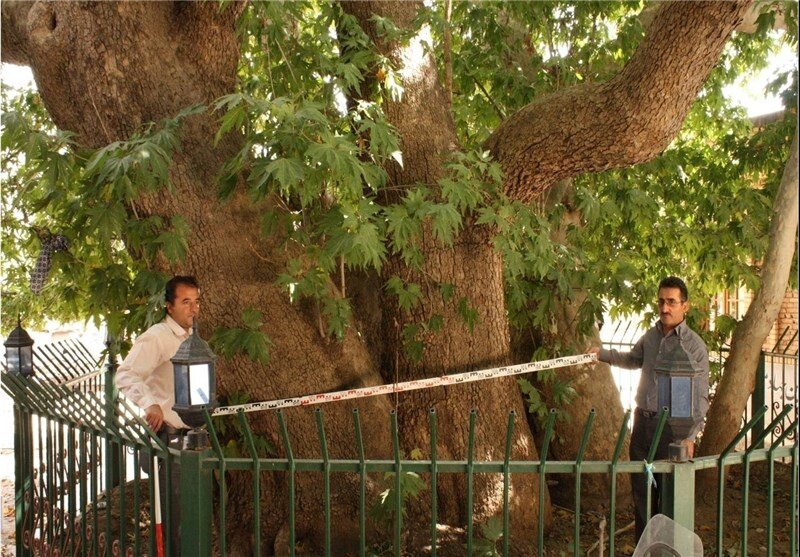Old trees in Qazvin made national heritage

TEHRAN – A selection of eight old trees, which stand in various villages of Qazvin province, have been added to Iran’s national list of natural heritage.
The Cultural Heritage, Tourism and Handicrafts Ministry registered eight trees of walnut, mulberry, juniper, and plane on the prestigious list, Mehr reported on Friday.
For millennia, Iranian gardens have combined the magic of nature with the aesthetic qualities of art and architecture to create a symbolic representation of paradise on Earth. UNESCO describes the Persian Garden as an idea that combines natural elements with manmade components to materialize the concept of Eden or Paradise on Earth.
In 2011, a selection of nine Iranian gardens, which bear important architectural, traditional, and cultural elements, was collectively inscribed on the UNESCO World Heritage list under the title of “The Persian Garden.”
The genuine concept of the Persian Garden that is deeply rooted in time interweaves natural elements with manmade components to embody an idea of creating a paradise on Earth by the means of artistic, philosophical, figurative, and religious notions.
According to UNESCO, the flawless design of the Persian Garden, along with its ability to respond to extreme climatic conditions, is the result of an inspired and intelligent application of different fields of knowledge, i.e. technology, water management and engineering, architecture, botany, and agriculture.
Qazvin was once the capital of the mighty Persian Empire, under Safavids, from 1548 to 98. It is a major tourist destination with a wonderfully restored caravanserai-turned-arts precinct, some quirky museums, and a handful of decent eating options. For most travelers, Qazvin is also primarily the staging point for excursions to the famous Castles of the Assassins and trekking in the sensational Alamut Valley.
Also known as the castle of the Assassins, the 12th-century Alamut castle is nestled on top of a peak. It was once a shelter for the followers of Hasan-e Sabbah (1070–1124) who was a spiritual leader of an Islamic sect. In the early 1930s, British-Italian explorer and travel writer Freya Stark described her exploration of the place in her book “The Valleys of the Assassins”.
AFM
